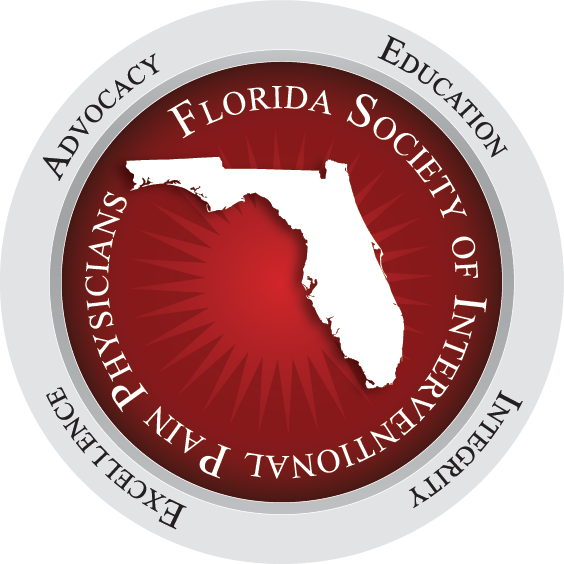A study (preprint) by researchers in California found that the prevalence of the B.1.1.7 variant of SARS-CoV-2 is rapidly increasing in the US. The researchers analyzed rates of S gene target failures (SGTFs) for PCR-based diagnostic tests and genomic sequencing to analyze the growth dynamics of the emerging and highly transmissible variant. SGTFs in specimens collected in the UK led to the initial detection of the B.1.1.7 variant, and they can serve as a proxy for the presence of the variant in clinical specimens. Based on data from approximately 500,000 specimens collected from July 2020-January 2021, the researchers observed a slow but steady increase in the prevalence of SGTFs starting in October 2020, with a more rapid increase in January 2021—up from 0.8% in early January to 4.2% in late January. Based on the proportion of specimens with SGTFs, the researchers estimate the doubling time for the B.1.1.7 variant in the US to be approximately 10 days, which indicates increased transmissibility compared to the original strain. The genomic analysis of specimens collected in December 2020-January 2021 suggests that the variant was introduced to the US numerous times; however, most of the domestic transmission likely stems from “independent introductions into California…and Florida.” The researchers expect that the variant has been circulating in the US since November 2020.



